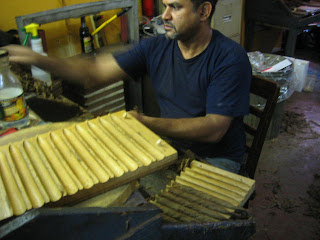October 28, 2007
New York Times, City Section
Witness to What Was, Skeptic of What’s New
By Paul Berger
From the island at the center of Astor Place, a frustrated man who goes by the name of Jeremiah Moss can see three Starbucks. Towering overhead is Charles Gwathmey’s Sculpture for Living, a 21-story, aquamarine-tinted glass building shaped like a wave. Almost directly opposite, on the former site of St. Ann’s Church, rises a steel-and-concrete skeleton soon to be a 26-story New York University dorm.
When Mr. Moss moved to the East Village, the island at the center of Astor Place was a hangout for squatters and punk rockers. Now, the rapid loss of such places fuels a despairing blog called Jeremiah’s Vanishing New York that offers a running commentary on what many regard as the city’s grim metamorphosis.
The scheduled departure of Astroland from Coney Island, the move from Greenwich Village of the fabled Shopsin’s restaurant, the ouster of the Playpen sex shop from Times Square — the gentrification of swaths of New York is hardly new. But when the changes are chronicled in one place, their pace is staggering and, seen through Mr. Moss’s eyes, alarming and depressing.
Those who contend that an unprecedented influx of money, combined with rapid development, is causing the city to lose its soul need look no further for evidence than Mr. Moss’s blog. It reads like an obituary to a disappearing city, with Astor Place as the “epicenter of evil.”
Until a few years ago, Mr. Moss used to exit the No. 6 train at Astor Place. On his way to his apartment, he cut through a parking lot where the Sculpture for Living now stands.
"There used to be such a great view from here, and now there is this glass wall,” says Mr. Moss, who conceals himself behind a pair of tortoise-shell sunglasses and a gray Fedora, bought 15 years ago in a store in the Village. (“The shop has gone,” he said, “but the hat remains.”)

He also conceals his real name, worried that disclosing it will jeopardize his day job as a freelance writer. He chose the first part of his pseudonym, he said, because Jeremiah “was the prophet of doom who nobody listened to until it was too late.”
In recent years, still more of Astor Place has changed. The first floor of Astor Place Hairstylists has been replaced by a Cold Stone Creamery. Astor Wines and Spirits has moved down Lafayette Street, to be replaced as early as next month by a Walgreens.
One of the only holdouts from Mr. Moss’s quirky Astor-Place-of-old is Jim Power, a homeless mosaic artist who is often found working next to the huge cube-shaped sculpture on Astor Place titled, perhaps fittingly, “Alamo.”
As Mr. Moss wanders the neighborhood pointing out landmarks on his Vanishing New York “death watch” — the Polish-Ukrainian East Village Meat Market on Second Avenue and the B & H Dairy restaurant one block away, “another last of the Mohicans” — he ponders the most unfathomable aspect of it all.
“These places are always packed, and then you walk by one day and they are gone,” he said. “How can that be possible?”
Copyright New York Times, 2007

















































